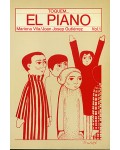
No products
Prices are tax included
Product successfully added to your shopping cart
There are 0 items in your cart. There is 1 item in your cart.
- English
- Castellano
- Català
Sonata cervantina
DE596
An interesting piano piece inspired by certain episodes from Don Quixote.
| Period | 20th c. |
| Instruments | piano |
| Pages | 32 |
| Time | 12 min |
| Contents | score |
| ISMN | 979-0-3502-0501-9 |
| Price of print edition | 18€ |
| Edition | Digital |
Within Francisco Fleta Polo’s abundant catalogue of works, several pieces were inspired from Miguel de Cervantes’ universal classic Don Quixote de la Mancha. As the author himself says “the advantage of this wonderful book is that you need not read it from start to finish nor reread it thoroughly. You can open it wherever you please and enjoy. Enjoy the language, the words of Cervantes, the ideas that arise, the colours, the smells, the characters, the situations…and more. I love Quixote and openly admit it. But not only the main character (even if I have sometimes felt like a Quixote, fighting against the tide of my life), but also the other situations and characters that appear in the work”.
Amongst his Quixotic works are El caballero andante (the Knight-errant) for guitar (Clivis Publicacions E016), El manco de Lepanto (the cripple of Lepanto) for sax quartet (Clivis Publicacions AC280) and this Sonata cervantina (Cervantine sonata) for piano, which is dedicated to his daughter, the pianist Isabel Fleta.
It consists of three movements: the first is dedicated to Don Quixote himself, the second is inspired by his beloved Dulcinea (where the main theme appears in two octaves and leads onto a pastoral and ethereal movement, culminating in almost guitar-like arpeggiated chords) and finally a last movement that emerges from Don Quixote and Sancho’s visit to the town of Toboso amid local festivities with popular-rooted music and a strong rhythmic and dance element.
David Puertas

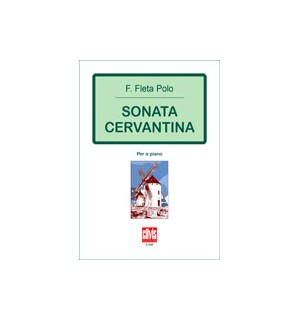




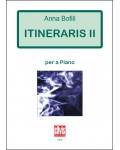
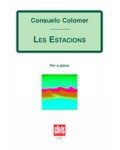
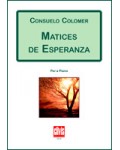
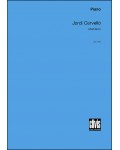
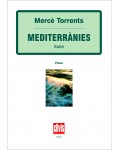
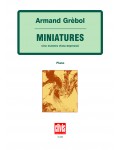
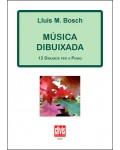
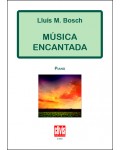
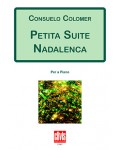
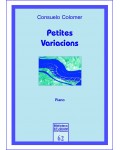
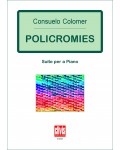
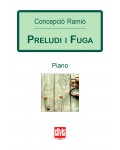
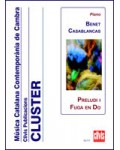
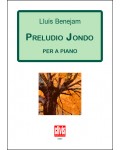
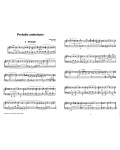
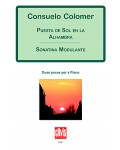
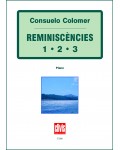
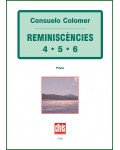
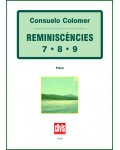
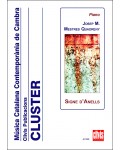
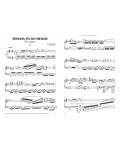
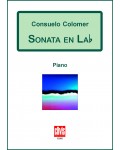
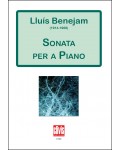
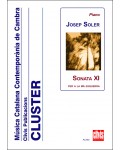
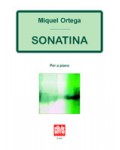
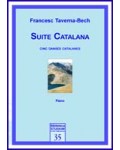
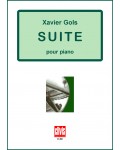
![Tema amb [4] variacions](https://www.clivis.cat/1964-home_default/tema-amb-variacions.jpg)
![Tema amb [10] variacions](https://www.clivis.cat/1709-home_default/tema-amb-variacions.jpg)
